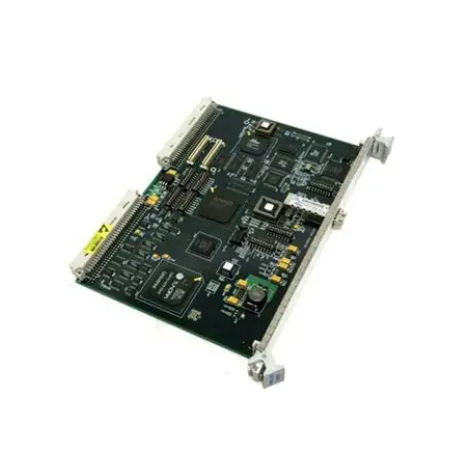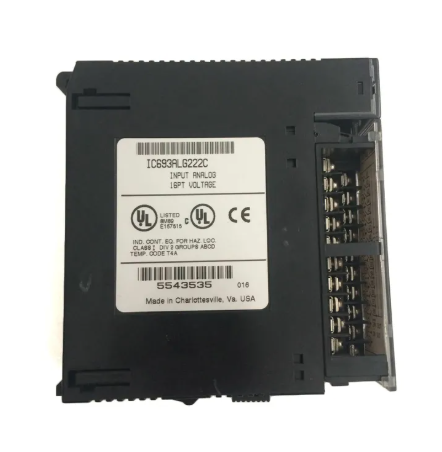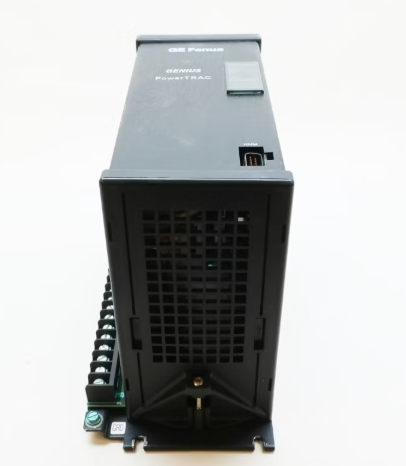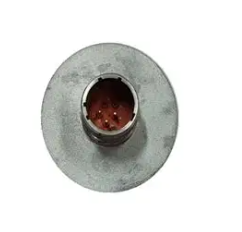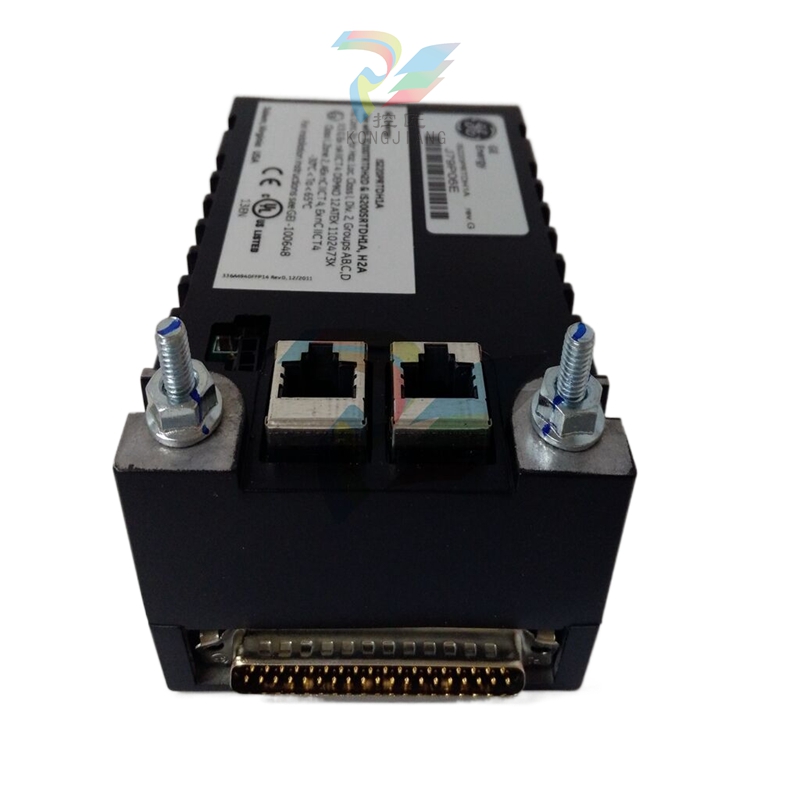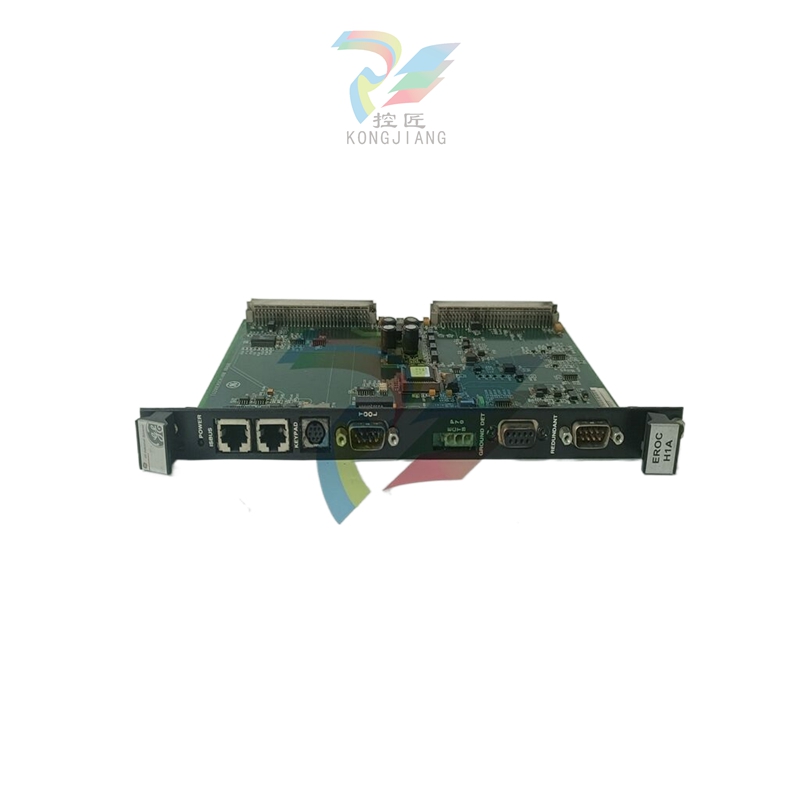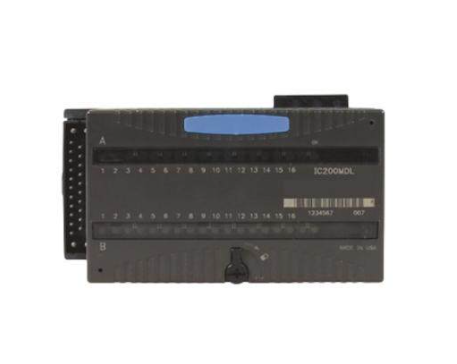Basic textile knowledge
1. Fiber: natural or synthetic elongated material with a length much larger than its diameter and a certain degree of flexibility.
(2) textile fiber (textile+fibre) : with a certain length, densification and toughness fineness is very fine (diameter is generally a few microns to tens of microns), the length is one hundred times larger than the diameter, or even more than a thousand times and has a certain processing performance and use performance of slender substances called textile fibers.
1) Linear density and length of fibers
The linear density of the fiber refers to the thickness of the fiber, and the length of the fiber refers to the length of the fiber. Textile fibers have a certain linear density and length, in order to make the fibers embrace each other, which is one of the necessary conditions for textile processing and make the product have use value. The fabric made of finer fibers is softer, the luster is softer, and can be made into a relatively thin fabric, and can also be made of clothing fabrics with good air permeability and good imitation silk effect. But the fabric made of fine fiber is easy to fuzz and pilling. Coarse fiber fabrics can be manufactured as stiff, rugged and thick fabrics.
Similarly, the length of textile fibers is also closely related to textile and product quality. Long fiber length, good length uniformity and less short fiber content are beneficial to textile processing and product quality. Under the same conditions, if the fiber is longer, the yarn strength is high, the dry strip is uniform, the yarn surface is smooth, the fabric made is good fastness, the appearance is smooth, and it is not easy to fuzz and pilling. In addition, under the premise of ensuring a certain quality of yarn, the longer the fiber, the finer the yarn can be spun, which can be used to make a lighter fabric.

In textile fibers, the linear density and length of natural fibers are uneven, and sometimes the difference is larger, which varies with the fiber varieties, growth conditions and so on. The chemical fiber is artificially manufactured, and the linear density and length of the fiber can be controlled and determined within a certain range according to the requirements of fiber processing and use.
2) Chemical resistance of fiber
It refers to the resistance of fibers to the destruction of various chemical substances. Fiber in textile dyeing and finishing processing, will be different degrees of contact with water, acid, alkali, salt and other chemical substances, so as a textile fiber must have a certain chemical resistance. Correct understanding of the chemical resistance of various textile fibers, reasonable selection of appropriate processing conditions, in order to correctly use a variety of fiber products.
Among all kinds of textile fibers, cellulose fibers have strong resistance to alkali and weak resistance to acid. The chemical resistance of protein fiber is different from that of cellulose fiber, and its resistance to acid is stronger than that of alkali, and protein fiber will be damaged to varying degrees in strong alkali or weak alkali, and even lead to decomposition. The chemical resistance of synthetic fibers is stronger than that of natural fibers, such as the acid and alkali resistance of polypropylene and chlorinated fiber.
3) Mechanical properties of textile fibers
It refers to the performance of textile fiber deformation under the action of various external forces. External forces include stretching, compression, bending, torsion, friction and other forms. The mechanical properties of textile fibers should include fiber strength, elongation, elasticity, wear resistance, elastic modulus, etc.
A fiber strength: The strength of the fiber refers to the ability of the fiber to resist external damage, which largely determines the durability of textile goods. The strength of the fiber can be expressed by the absolute strength of the fiber, which refers to the maximum load that the fiber can withstand under the action of continuous increasing load until it breaks. Its legal unit is Newton (N) or centinewton (cN). It used to be expressed in grams or kilograms. Since the strength of the fiber is related to the thickness of the fiber, the absolute strength is not comparable for fibers of different thickness, so the relative strength is commonly used to represent the strength of the fiber. Relative strength refers to the maximum tensile force that the fiber can withstand per unit linear density (per tert or per denier). The legal unit of measurement is Niu/T (N/tex) or Li Niu /t (cN/tex). It used to be expressed in gram/denier.
B fiber elasticity: fiber and its products in processing and use, are subject to external force, and produce the corresponding deformation. When the action of external force is removed, part of the deformation of the fiber can be restored, while the other part of the deformation will not be restored. According to this characteristic of the fiber, the deformation of the fiber can be divided into three parts, that is, when the external force can be immediately restored after the deformation of this part is called rapid elastic deformation; When the external force is removed, this part of the deformation that can slowly recover is called slow elastic deformation; When the external force is removed, this part of the deformation that cannot be restored is called plastic deformation. The elasticity of fiber refers to the resilience of fiber deformation. The commonly used index to indicate the elastic size of the fiber is the elastic recovery rate or resilience rate of the fiber. It refers to the percentage of rapid elastic deformation and slow elastic deformation of a certain time in the total deformation. If the elastic recovery rate of fiber is high, the elasticity of fiber is good and the ability of deformation recovery is strong. Textiles made of elastic fibers have good dimensional stability, are not easy to wrinkle during use, and are more wear-resistant. For example, polyester has excellent elasticity, and the clothing made of it has the characteristics of crisp and wear-resistant.

C fiber wear resistance: fiber and its products in the process of processing and actual use, the performance of external wear. The wear resistance of fiber is closely related to the fastness of textile products. Wear resistance is an important index of wear performance of clothing fabric. The wear resistance of fiber is related to the macromolecular structure, supramolecular structure, elongation at break and elasticity of fiber. The order of the wear resistance of common fibers is as follows: + polyamide > polypropylene > Vinylon > ethylene > Polyester > Acrylic > Chlorine > Wool > silk > Cotton > hemp > rich fiber > copper ammonia fiber > viscose fiber > acetate fiber > Glass fiber.
D hygroscopic properties: Textile fibers placed in the air, will continue to exchange water vapor with the air, textile fibers in the absorption or release of water vapor performance called fiber hygroscopic. The hygroscopicity of textile fiber is one of the important physical properties of textile fiber. The size of textile fiber hygroscopicity has a certain impact on the shape size, weight, physical and mechanical properties of textile fiber, which also affects its processing and use performance. The moisture absorption capacity of textile fiber also directly affects the wearing comfort of the fabric. The fiber with large moisture absorption capacity is easy to absorb the sweat discharged by the human body, regulate the body temperature, and relieve the sense of dampness, thus making people feel comfortable.
In the common textile fibers, wool, hemp, viscotic fiber, silk, cotton and other moisture absorption ability is strong, synthetic fiber moisture absorption ability is generally poor, of which vinylon and nylon moisture absorption ability is slightly better, acrylic fiber is worse, polyester is worse, polypropylene and chlorine fiber is almost no moisture absorption. At present, synthetic fibers with poor hygroscopic ability are often blended with natural fibers or viscose fibers with strong hygroscopic ability to improve the hygroscopic ability of fabrics.
In the hygroscopic properties of fibers, in addition to hygroscopic properties, the water absorption of fiber materials is also closely related to the wearing comfort of fabrics. The water absorption of fiber refers to the fiber's ability to absorb liquid water. The water vapor and sweat generated by people during activities mainly rely on the moisture absorption and water absorption properties of the fabric to absorb and radiate outwardly, so that people feel comfortable. Generally speaking, the coat is mainly soaked by rain, so the fiber with small water absorption can be selected as the coat material; Underwear is mainly soaked by the body's inexplicit evaporation and sweating, so it is necessary to choose fiber with large moisture absorption and water absorption as underwear materials.
3. There are many types of textile fibers, which are traditionally divided into natural fibers and chemical fibers according to their sources.
Natural fibre
Chemical fibre
Natural fiber is derived from natural or artificially cultivated plants, artificially raised animals directly obtained for textile fibers, is an important source of materials in the textile industry. The production of natural fibers worldwide is large and increasing, and is an important source of materials for the textile industry. Despite the rapid growth of synthetic fiber production since the middle of the 20th century, natural fibers still account for a large proportion of the total annual output of textile fibers.
Natural fiber can be divided into "plant fiber", "animal fiber" and "mineral fiber" according to the source.
The chemical composition of "plant fiber" is mainly cellulose, also known as natural cellulose fiber. It is the fiber obtained from seeds, fruits, stems, leaves, etc., on plants. According to the different parts of the plant, it is divided into seed fiber, bast fiber, leaf fiber and fruit fiber.
The chemical composition of "animal fiber" is mainly protein, so it is also called natural protein fiber, which is divided into two categories of hair and glandular secretions. Among them, wool, cashmere, rabbit hair, mohair, camel hair, camel hair, yak hair, alpaca hair and vicuna hair are hair animal fibers, and mulberry silk and tussah silk are glandular secretions animal fibers.
"Mineral fiber" is mainly asbestos, and its composition is mainly inorganic silicates. It is an important building material and can also be used for textile applications.

Chemical fiber is a kind of fiber with textile properties, which is made from natural polymer or synthetic polymer, through preparation of spinning stock, spinning and post-treatment. Chemical fibers can be divided into "recycled fibers" (man-made fibers), "synthetic fibers" and "inorganic fibers" according to the source of polymers.
"Recycled fiber" The production of recycled fiber is inspired by the silk spinning of silkworms, using natural polymer compounds such as cellulose and protein as raw materials, through chemical processing to make polymer concentrated solution, and then spinning and post-processing to make textile fibers. Natural polymers (such as wood, cotton, soybean, etc.) as raw materials, by spinning processing made of fiber. Also known as artificial fiber. Viscose fiber, rich fiber, copper ammonia fiber and Leosse fiber are all regenerated cellulose fibers. Soybean fiber, milk fiber and corn fiber are all regenerated protein fiber.
"Synthetic fiber" with oil, coal and natural gas and other materials in small molecules as raw materials, synthetic polymer compounds, and then spun fibers made. Polyester fiber (polyester), polyamide fiber (nylon, nylon), polyacrylonitrile fiber (acrylic), polypropylene fiber (polypropylene), polyurethane fiber (spandex) and polyvinyl alcohol fiber (Vinylon) are commonly used synthetic fibers. The Chinese name of the synthetic fiber scientific name has a "poly" word, and the last word of the synthetic fiber trade name is "LON". Except for acrylic fiber, the English name of synthetic fiber contains the same prefix "poly-".
"Inorganic fiber" Inorganic fiber is made of natural inorganic substances or carbon-containing polymer fibers as raw materials, by artificial drawing or direct carbonization. Including glass fiber, metal fiber and carbon fiber.
4. Differences, similarities and differences in structure and properties of natural fibers, recycled fibers and synthetic fibers
Natural fibers: Natural fibers are derived from plants, animals, and minerals. The main component of plant fiber is cellulose, and contains a small amount of lignin, hemicellulose and so on. The main component of animal fiber is protein, but the chemical composition of protein is very different. Mineral fiber SiO2+, Al2O3, Fe2O3, MgO.
Recycled fiber: natural high polymer as raw materials made of slurry, its chemical composition is basically unchanged and high purity after purification of fiber
Synthetic fiber: oil, coal, natural gas and some agricultural and sideline products as raw materials made of monomer, chemical synthesis into polymers, spun fibers

5. How to distinguish in naming
Natural fibers: Named directly according to the source of the fiber.
Silk fiber: According to "plant name + silk" composition.
Recycled fiber: "raw material name + pulp + fiber "+ or +" raw material name + adhesive ".
Synthetic fiber: based on chemical composition, and form a scientific name and abbreviation code, supplemented by a commercial name, form a trade name or common name.
6. Identification of fibers
① Identification methods include hand feel, visual method, combustion method, microscope method, dissolution method, drug coloring method and infrared spectroscopy. In the actual identification, often need to use a variety of methods, comprehensive analysis and research after the result.
② The general identification steps are as follows:
A. First use combustion method to identify natural fibers and chemical fibers.
B. If it is a natural fiber, use a microscope to identify all types of plant fiber and animal fiber. If it is a chemical fiber, it is distinguished one by one by combining the differences in melting point, specific gravity, refractive index, and solubility of the fiber.
C. In the identification of mixed fibers and blended yarn, it is generally possible to confirm that several fibers are contained in the microscope, and then identify one by one with the appropriate method.
For dyed or finished fibers, it is generally necessary to carry out dyeing stripping or other appropriate pretreatment to ensure reliable identification results.
- EMERSON
- Honeywell
- CTI
- Rolls-Royce
- General Electric
- Woodward
- Yaskawa
- xYCOM
- Motorola
- Siemens
- Rockwell
- ABB
- B&R
- HIMA
- Construction site
- electricity
- Automobile market
- PLC
- DCS
- Motor drivers
- VSD
- Implications
- cement
- CO2
- CEM
- methane
- Artificial intelligence
- Titanic
- Solar energy
- Hydrogen fuel cell
- Hydrogen and fuel cells
- Hydrogen and oxygen fuel cells
- tyre
- Chemical fiber
- dynamo
- corpuscle
- Pulp and paper
- printing
- fossil
- FANUC
- Food and beverage
- Life science
- Sewage treatment
- Personal care
- electricity
- boats
- infrastructure
- Automobile industry
- metallurgy
- Nuclear power generation
- Geothermal power generation
- Water and wastewater
- Infrastructure construction
- Mine hazard
- steel
- papermaking
- Natural gas industry
- Infrastructure construction
- Power and energy
- Rubber and plastic
- Renewable energy
- pharmacy
- mining
- Plastic industry
- Schneider
- Kongsberg
- NI
- Wind energy
- International petroleum
- International new energy network
- gas
- WATLOW
- ProSoft
- SEW
- wind
- ADVANCED
- Reliance
- YOKOGAWA
- TRICONEX
- FOXBORO
- METSO
- MAN
- Advantest
- ADVANCED
- ALSTOM
- Control Wave
- AB
- AMAT
- STUDER
- KONGSBERG
- MOTOROLA
- DANAHER MOTION
- Bently
- Galil
- EATON
- MOLEX
- Triconex
- DEIF
- B&W
- ZYGO
- Aerotech
- DANFOSS
- KOLLMORGEN
- Beijer
- Endress+Hauser
- MOOG
- KB
- Moxa
- Rexroth
- YAMAHA
- Johnson
- Westinghouse
- WAGO
- TOSHIBA
- TEKTRONIX


Email:wang@kongjiangauto.com


















































































































